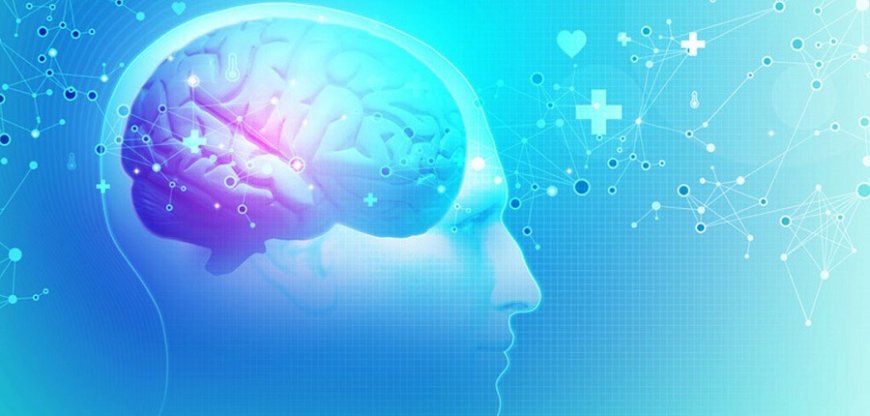The experiment proved that ultrasound can be used to treat mental disorders
Imagine taking an exam and thinking that your success depends on the socks you wear or the amount of cookies you eat,

Imagine taking an exam and thinking that your success depends on the socks you wear or the amount of cookies you eat, but not the number of hours you spend studying. This is a problem that is inherent in mental disorders, such as OCD (obsessive-compulsive disorder). In such cases, people believe that certain rituals will lead to positive results.
Ultrasound for the treatment of mental disorders
A new study on macaques has clarified which areas of the brain support these processes. And for the first time, low-intensity transcranial ultrasound stimulation (TUS) can modulate brain activity and behavior related to these processes.
Currently, this area of ‹‹research and use of TUS is being developed on animal models. But they can be used in clinical trials to treat mental disorders in which maladaptive solutions are observed.
After stimulating this area of ‹‹the brain, the animals involved in the study became more resourceful in their decisions. As a consequence of ultrasonic neuromodulation, behavior was no longer determined by the value of choice. This meant that they could not understand that some elections would lead to better results, and decision-making was less adaptive to the task. The study also showed that this process remained unchanged if another area of ‹‹the brain (also part of the prefrontal cortex) was stimulated.
The brain is like a mosaic - several parts perform different tasks. Each part may be related to a specific behavior. The problem is, first of all, to find out if this behavior is causally related to a certain area of ‹‹the brain. Only brain stimulation can answer this question. The second problem is that if you break or modulate one part, it can affect several others. Therefore, scientists need to understand how areas of the brain work together and how they affect each other if one of them is stimulated or disrupted.
